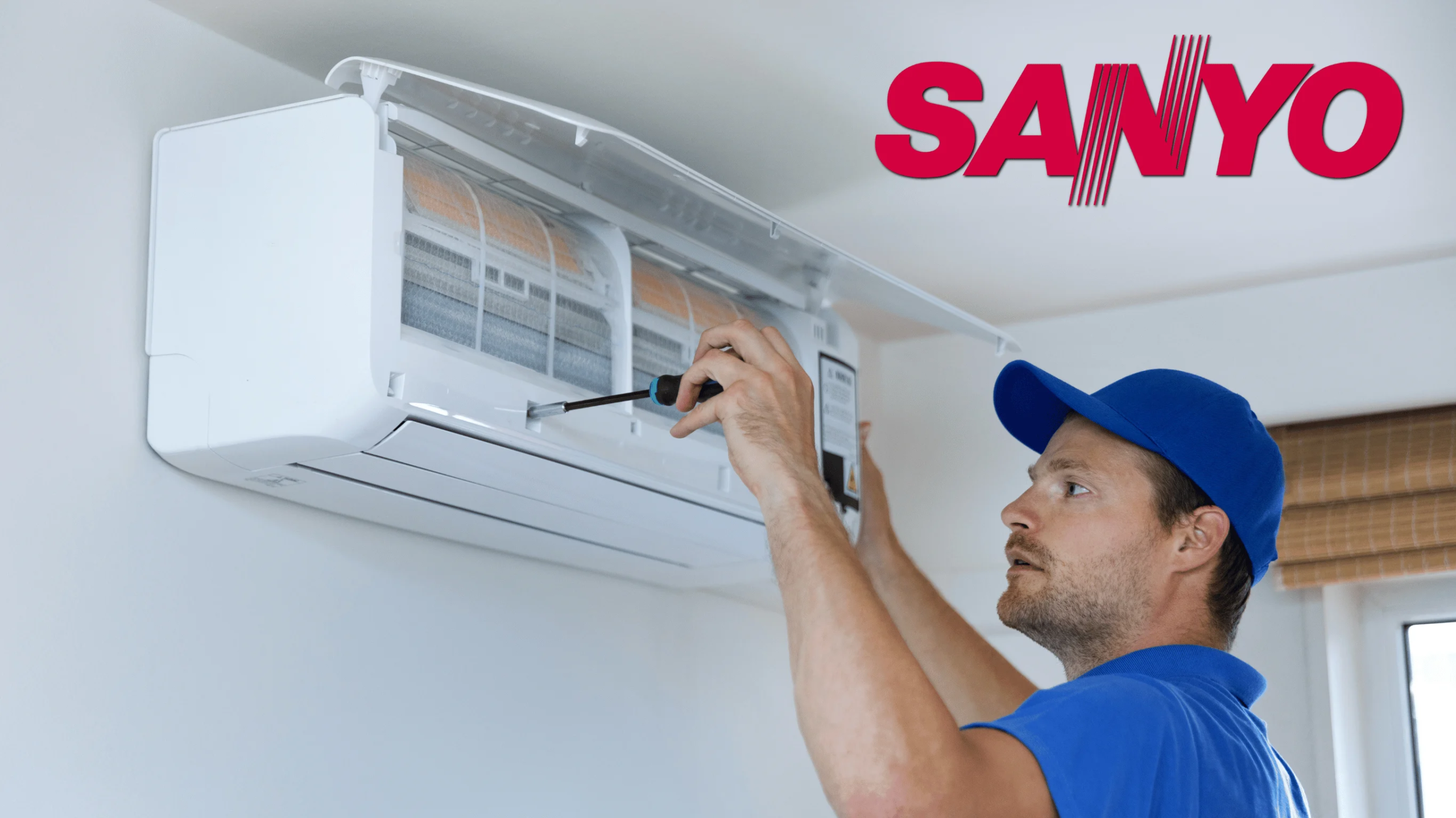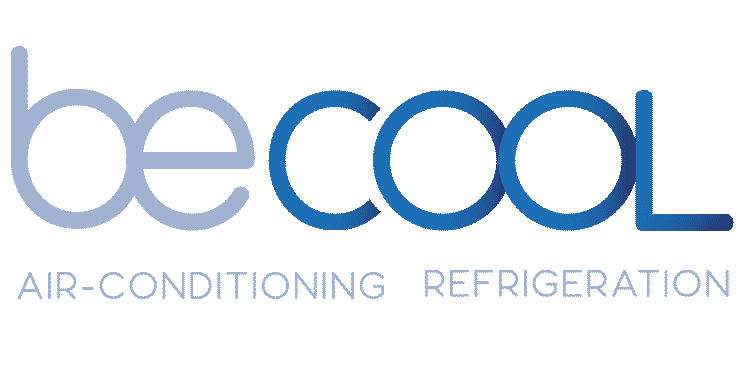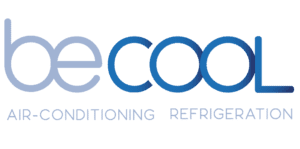Inverter vs Non Inverter AC
Inverter vs Non-Inverter AC: Your Friendly Guide to Smarter Cooling Choosing the right air conditioner…
If you’re seeing a Error code on your Sanyo AC system and don’t know what it means, here’s a quick breakdown. This guide will help you understand what the issue might be, whether it’s a sensor, communication issue, or configuration error.

E01–E03: Issues between remote controller and indoor unit. Check for address mismatches or incomplete auto addressing.
E04–E07: Outdoor unit can’t send/receive signals from indoor units.
E08–E09: Duplicate address setting on indoor units or controllers.
E10–E12: Signal communication errors with external options or interference from another system during auto addressing.
E14–E20: Auto address problems. Could be due to wrong unit settings or incomplete system setup.
E24–E26: Problems between main and sub outdoor units during auto address setup.
E29: Sub outdoor unit is not receiving signals from the main outdoor unit.
F01–F03: Indoor coil temperature sensor issues.
F04–F08: Outdoor sensor faults – discharge, coil, or air temperature sensors may be disconnected or faulty.
F10–F11: Indoor room or discharge air sensor fault.
F12–F26: Outdoor temperature sensors (multiple areas) are either open-circuit or faulty.
F29: Indoor EEPROM (memory chip) fault.
F31: Outdoor EEPROM fault.
H01–H03: Compressor 1 problems – overload, lock, or no current.
H05–H08: Sensor or oil protection faults on Compressor 1.
H11–H13: Same issues, but for Compressor 2.
H15–H23: Problems with Compressor 2 or 3 – protection trips, current issues, or sensor faults.
H25–H28: Discharge temperature or oil sensor issues.
H31: IPM (Intelligent Power Module) trip – usually from overcurrent or overheating.
L02–L03: Indoor/outdoor unit mismatch or duplicate main unit settings.
L04–L06: Address or operation priority conflicts.
L07–L13: Group control or capacity settings are wrong or missing.
L17: Outdoor units with different refrigerants are connected (not allowed).
L18: 4-way valve failure.
P01–P02: Thermostat triggered from fan or compressor overload.
P03–P05: Discharge temp or power-related issues like high pressure or open phase.
P09–P12: Indoor issues like ceiling panel connection, float switch trigger, or fan overload.
P16: Compressor wiring phase issue or startup failure.
P17: Compressor 2 discharge temp error.
P22: Fan motor or HALL sensor failure.
P26: Overcurrent detected when compressor runs too fast.
P29: Inverter error – compressor not running.
P31: Flexible control error – signal or setting issue.
Before doing anything else, make sure the issue isn’t just a temporary signal or power glitch. Try powering down the system completely for a few minutes and then restart. If the error comes back, the code gives you a clue where to look.
This guide is here to help you understand what the error code means, but always consult a qualified AC technician before diving into repairs or rewiring.
Inverter vs Non-Inverter AC: Your Friendly Guide to Smarter Cooling Choosing the right air conditioner…
How Much Does a Blast Chiller Cost? UK 2025 Price Guide & Buyer Tips Ever…
Split vs Cassette AC | Your Friendly Guide for Perfect Cooling When it’s time to…
Split vs Portable Air Conditioning The Honest UK Guide for 2025 Summer in Britain is…
Top 10 Air‑Conditioning Benefits (2025 Edition) Sharper Thinking and Faster Work Why it matters: Your brain…

Address:
Office 7, 35/37 Ludgate Hill
London, EC4M 7JN
Expert Insights, Maintenance Tips, and the lates updates on Air Conditioning & Refrigeration.


Address:
Office 7, 35/37 Ludgate Hill
London, EC4M 7JN
Air Conditioning Maintenance & Service


 Caravell Commercial Refrigeration Error Codes
Caravell Commercial Refrigeration Error CodesT&C’s apply
